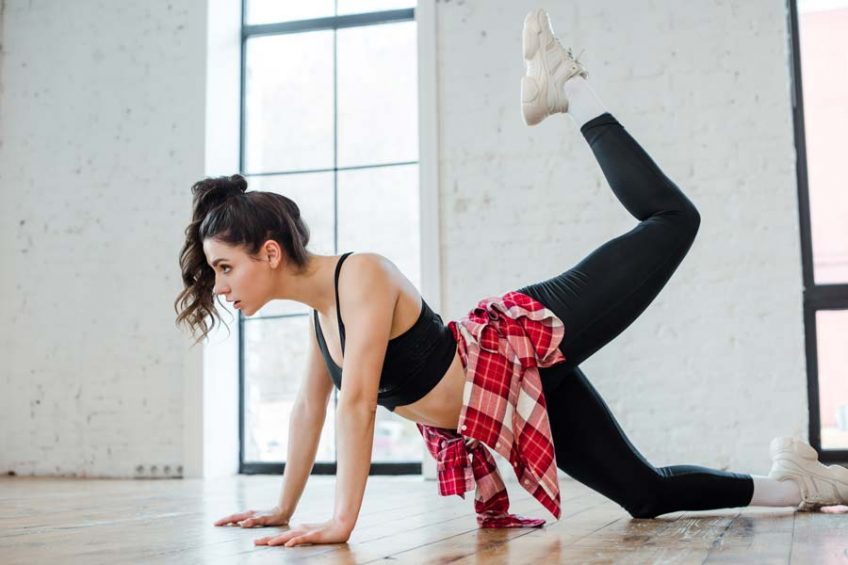Whether you dance regularly as a form of exercise or for your career, the movements you make may put a strain on your body. There are certain sports injuries dancers are prone to, and understanding what they are will help you identify an issue if you experience any discomfort. To help you care for your health and stay safe, here are a few of the injuries and symptoms to look out for.
Sports Injuries Dancers Are Prone to
-
Knee Pain
Dancing often involves impacts when you leap. Over time, the shocks your knees absorb may result in pain in the front of your knee, around your patella (knee cap) or inflammation of the patellar tendon, also known as jumper’s knee. It can also be caused by abnormal tracking of the patella or patellar malalignment. This may manifest as a continuous dull ache in the joint. Treatment includes requires rest, ice, a change in training routine and non-steroidal anti-inflammatory drugs (NSAIDs). Persistent pain should be evaluated by an orthopedist who may order radiographic studies like X-rays or an MRI and prescribe physical therapy to build up neighboring muscle groups, like the hamstrings to help you absorb impacts.
-
Foot & Ankle Injuries
When you dance, both your feet and ankles can be pushed beyond their normal range of motion. When this happens, especially during a sharp turn or change of pose, you may sustain an ankle sprain or develop Achilles tendinitis, Trigger toe (Flexor Hallucis Longus tendinitis) or ankle impingement. An ankle sprain is an injury to the ligaments around the ankle in which they may be stretched or torn. Achilles tendinitis is an inflammation around the Achilles tendon on the back of your ankle or at the insertion on your heel. Trigger toe is inflammation of the tendon that flexes the big toe and makes big toe flexion painful, difficult or even impossible. Ankle impingement can occur in the front or back of the ankle and involves osteophytes (bone spurs) or soft tissue thickening that limit ankle motion. Treatment of these conditions begin with rest and activity modification, ice and NSAIDs. An orthopedist may prescribe a brace or insert and physical therapy. In some instances, surgery may be needed if symptoms are persistent.
-
Arthritis
While it creates a stunning visual, ballet dancers who perform ‘en pointe’ may be at risk for chronic pain. Studies have found that people who begin working ‘en pointe’ at a young age are prone to arthritis. Dancers are more prone to the arthritis of the feet, ankles, knees or hips. Arthritis is inflammation and degeneration of the joints. Symptoms include pain and stiffness of the affected joints. Radiographs can help determine the severity of the arthritis. Treatment can include NSAIDs, physical therapy, and injections. Surgery may be an option if other forms of treatment do relieve symptoms.
-
Hip Problems
To spin and turn with accuracy, dancers must rely on their hips. Dancers are prone to several hip conditions including snapping hips, muscle strains, hip flexor tendinitis, hip impingement and labral tears (tear of the cartilage rim surrounding the hip socket). Snapping is often caused by tendons moving over the bone. Hip impingement is due to abnormal wear of the between the ball and socket of the hip. A labral tear is a tear of the cartilage rim surrounding the hip socket. All of these conditions can cause pain and tightness which makes certain moves difficult or impossible. Treatment begins with rest and can include NSAIDs and physical therapy to help relief symptoms. Evaluation by an orthopedist will include radiographs and possibly an MRI if needed to confirm your diagnosis.
If you’re a dancer in Bergen, Passaic, or Morris County, NJ, and you’ve sustained a sports injury, visit the dedicated orthopedic doctors at Advanced Orthopaedic Associates. For over 25 years, we’ve provided compassionate care geared toward joint pain relief, arthritis treatment, and long-term wellness. Whether you have a fracture or ongoing back pain,we’ll develop a plan to help you find relief. Call (973) 839-5700 to learn more about our services or to schedule an appointment.

